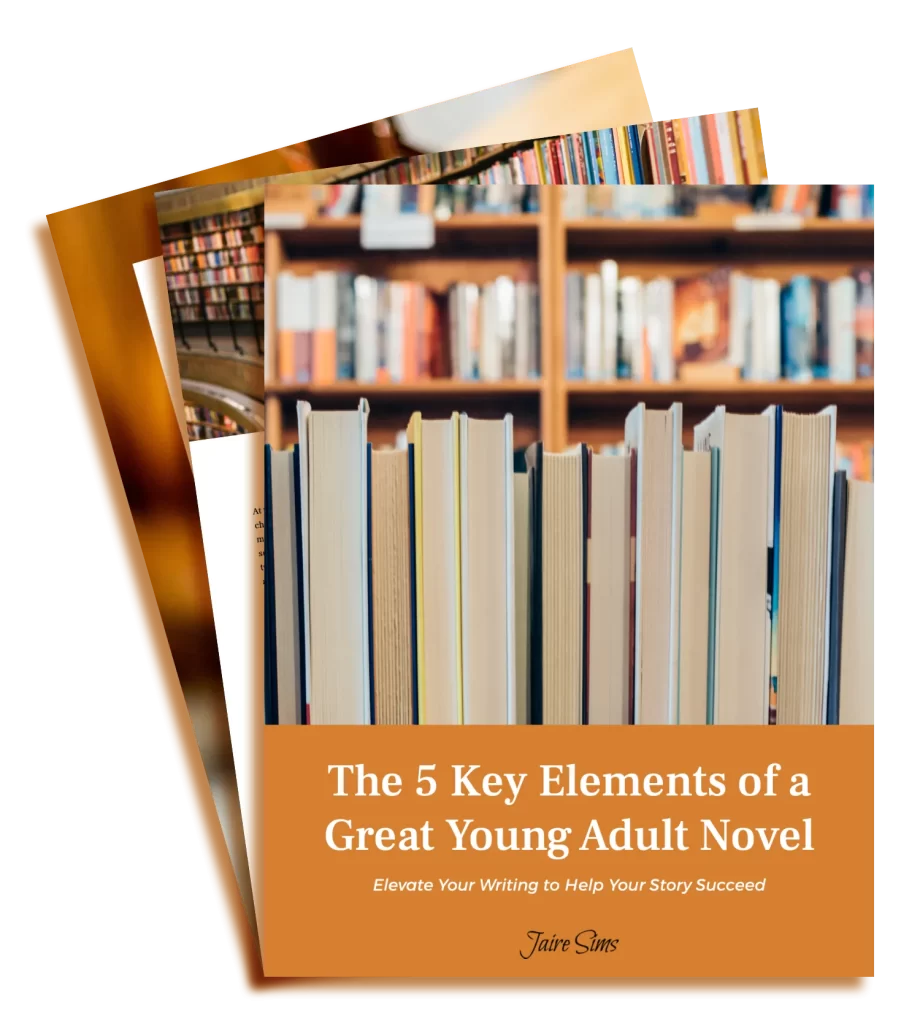6 Pitfalls to Avoid When Writing a Young Adult Novel
There’s no way your book will sell if you fall into writing traps. Here are 6 pitfalls to avoid when writing a Young Adult novel.
I’ve been writing a lot lately about all the good components of writing a young adult (YA) novel. But if you’re going to learn how to write quality YA content, then it’s essential to consider the pitfalls in the process. There’s no way your book will sell if you fall into writing traps, so let’s talk about some thought processes you need to avoid so you can learn to write the best story possible.
Here are 6 Pitfalls to Avoid When Writing a Young Adult Novel:
Not Reading

“I’m too busy writing and don’t want to influence my work by reading other authors.”
If you’re writing for young adults, you must read what they’re reading. That will help you keep abreast of the zeitgeist to incorporate some trends while carefully forging your path. It also inspires the craft and enables you to become a better writer.
The more you read, the easier it is to identify quality writing from the poor, learn what suits your tastes, and see where you can improve on your inspirations. You can also extend this into TV, films, and games directed at the YA audience, though most of your efforts should focus on reading. You will only become a better writer by making space for reading YA.
Following Trends

“It’s not my thing, but zombies are in right now, so my novel will be about that!”
I know I just said it’s vital you be on top of the zeitgeist, but that doesn’t mean writing about the most popular content on the market. Eventually, it will become so inundated that no one will see your novel in the morass of trendy books. Also, if you’re not passionate about your writing, your readers will tell you’re going through the motions.
I suggest finding a happy middle ground, starting with what you’re excited to write about and seeing if the latest trends have a place in that. If they do, neat, but if not, that’s fine because you will write a better book about something you know well and care about instead of hoping that tapping into the popular trends will sell your manuscript.
No Conflict

“Life’s hard enough, so I want everyone in my story to be happy.”
Nobody wants conflict in life, but it happens anyway, so why avoid it in your story? Conflict builds tension and creates struggle, which is interesting to read. If there’s no conflict, then nothing will happen in your story.
Whether they admit it or not, people like drama to some extent, primarily because we all love the “will they or won’t they succeed” component involved. That’s what keeps readers turning pages, hoping that your protagonist will find some way to navigate their sources of conflict until the final confrontation presents the ultimate challenge.
The 5 Key Elements of a Great Young Adult Novel
Actionable Building Blocks to Set You on the Path to Success

Flat Characters

“My hero is angry at the world, so that’s what drives them!”
One-dimensional characters are bland and have nowhere to grow. If you write your protagonist with limited motivation, you are hamstringing yourself in the process. People are fully fleshed-out beings with attributes and flaws, hopes and fears, all of which govern their raison d’etre.
Before you start your writing, really dig into what makes your protagonist and the other main characters tick, so you can build a compelling arc that you know readers will want to follow from start to finish.
Content for Content’s Sake

“I wrote this because it sounded cool.”
Hopefully, you’ve heard the phrase, “Kill your darlings.” It means editing out even the most favorite parts of your work. Your novel needs to stay relevant to the story. So, as you approach scenes and dialog, always ask if it’s necessary to the book’s trajectory.
You could write the most beautiful piece of prose or have the most fantastic setting in mind, but if it doesn’t move the story or your character’s growth forward, cut it. Your readers can tell if you didn’t need to write something and will feel like you’re wasting their time when there’s no payoff. Stick to what’s essential to your novel and trim the fat in your content.
Don’t Change a Thing

“I think my writing is perfect as it is.”
No one nails it on the first pass (I felt pretty good about this post until Grammarly suggested otherwise…). Writers must remember that and be comfortable receiving feedback and revising their work.
If your skin isn’t thick enough for constructive criticism, you may want to rethink this entire process. Running your manuscript by peers and editors is crucial if you ever want your novel to sell. And I know it can be hard to hear that something you thought was your best work may have missed the mark. But try to reframe your thinking that feedback can help your book become even better than you think it is.
Also, remember that it is your story, so you can pick and choose the changes you wish to implement (but again, you likely didn’t write the perfect story, so something will need adjusting!)
Writing is difficult at the best times, but thankfully, people like me have already bashed their heads against the wall. You’ll undoubtedly run into other issues as you go, but I hope these tips can help you avoid the more obvious problems as you learn to write your YA novel.
There isn’t an exact science to writing YA books, but keeping all the above in mind can nudge you closer to success. If you want more in-depth help by learning from my authorial journey, check out my course (and avoid taking 10 years to write your novel as I did!) I’m also open to the odd question on social media, or you can email me at jsims@jairesims.com.







